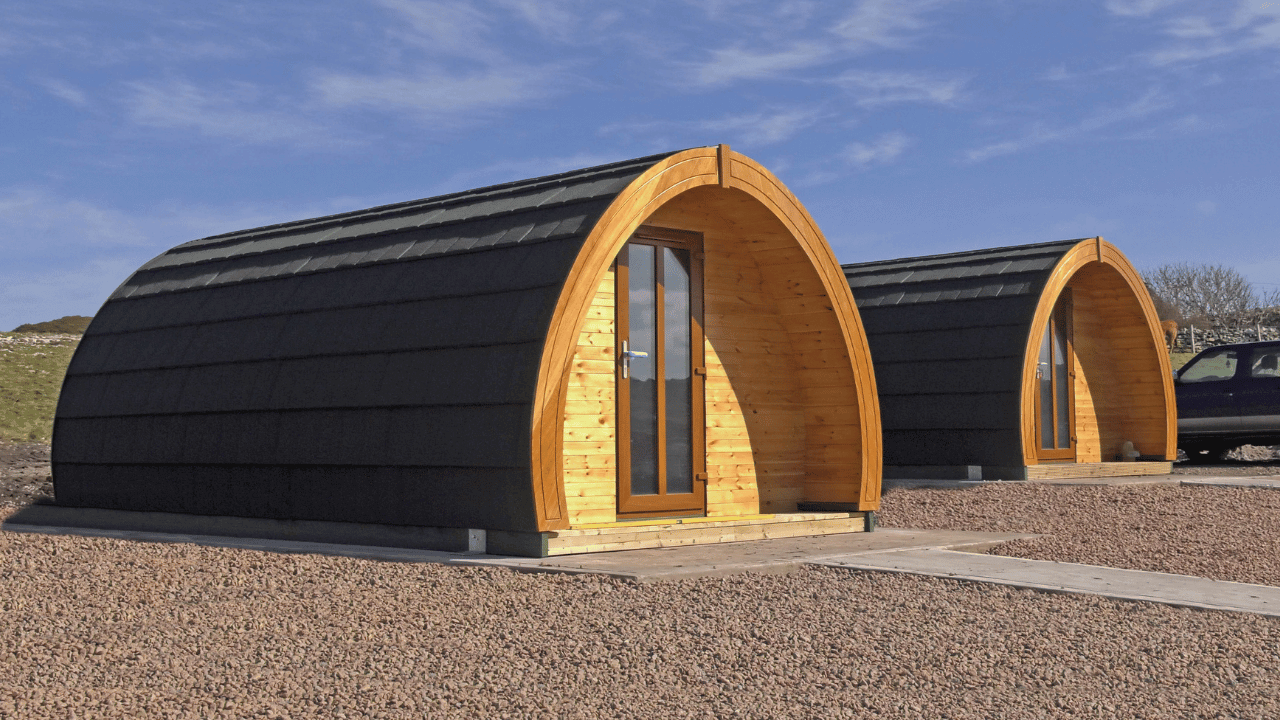With Permitted Development Rights in England now extended to 60 days for caravan and camping sites, many farmers and landowners are looking at agritourism as an attractive and simple form of diversification.
One area that is proving particularly popular among British holidaymakers is so-called glamping, attracting people who love the idea of an outdoor break, but want something either more substantial or more luxurious than a basic tent.
The good news for farmers and landowners is that in a recent test case, it was established that basic glamping pods qualified for capital allowances under the annual investment allowance (AIA).
This makes them even more attractive as diversification options; however, when considering investing, it is imperative you choose the correct type. Otherwise, the financial benefits you thought you might be in line for may not materialise!
Residential holidays for schools
The case revolves around a tour operating business which was providing residential holidays for schools.
The business invested in 26 pods and subsequently made a claim for plant and machinery capital allowances under the AIA. HMRC rejected this claim, prompting the business to take the issues to a tax tribunal.
Of the 26 glamping pods, 20 of them were for student accommodation and as such were the most basic, built only for sleep and shelter. They had electrical hook-ups for lighting and were sited on a pre-existing hardstanding area on a wooden frame attached to breeze blocks cemented to the ground.
A critical point is that the pods were anchored to the ground, but not fixed.
The remaining six pods were for teachers and these were better equipped, benefiting from a small kitchen, running water, and flushing toilets. This meant they were fixed to the ground.
The tribunal ruled that the basic student pods were eligible for AIA because they were not substantial enough to be considered buildings and were not fixed. As a result, they could not be considered living accommodation. The teacher pods, however, were fixed to the ground and could in theory be lived in, and therefore did not attract AIA.
Ian Parker, director of Whitley Stimpson and agricultural tax expert, said this was an important case for farmers and landowners considering diversifying into agritourism.
He said:
“In this case, both types of glamping pod looked identical, but that had little bearing on whether or not they qualified for AIA. The differentiator was whether the pods were moveable or not. The student pods were, so were eligible for AIA, but the teacher pods were not. This has significant ramifications for farmers and landowners wanting to diversify into glamping.”
Ian added that to ensure pods qualified, it would be necessary to demonstrate they were moveable and not fixed and this could be done by periodically moving them to different areas of the farm.
“By moving pods around and keeping a written record and photographic evidence of doing this will ensure any claims for capital allowance have the best chance of success,” he said.
For advice on setting up a diversification project, get in touch with Ian on (01295) 270200 or email ianp@whitleystimpson.co.uk.
Other articles
Spring Budget – Did Jeremy Hunt do enough to reassure farmers?
Judge divorces wedding venue from Business Property Relief (BPR)
